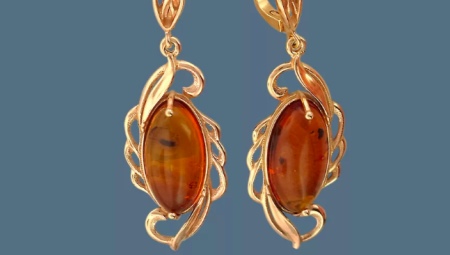Silver is a precious metal, but in its pure form it is very ductile and very fragile. To create products from it: jewelry, technical, medical, it needs to be strengthened. Usually this is achieved by adding various impurities of other metals to it - copper, cadmium, nickel, platinum, germanium, zinc, silicon. This process is called doping. Depending on the percentage of pure silver in the alloyed alloy, silver products are assigned an individual test, which is put by branding.
Features
Yellow silver is an alloy of silver and copper. Moreover, its color changes depending on the percentage of copper. An alloy in which half of the copper is almost reddish. Jewelers in their works with yellow silver use this feature to give greater expressiveness and color diversity to their works of art.
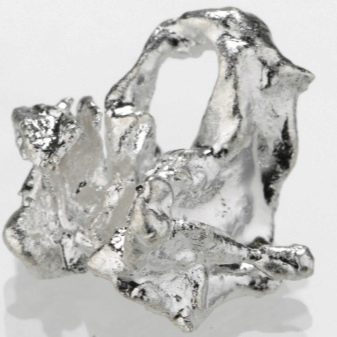

925 sterling silver light, pure silver. This test reports that this alloy has 92.5% pure silver and 7.5% impurities. As additional components in this alloy, platinum, silicon, and germanium are used.
To get yellow 925 sterling silver, it is coated with gold plating.
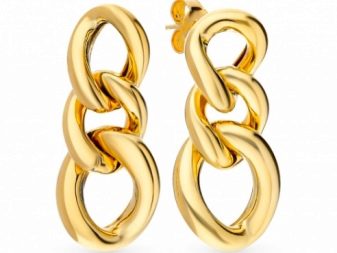
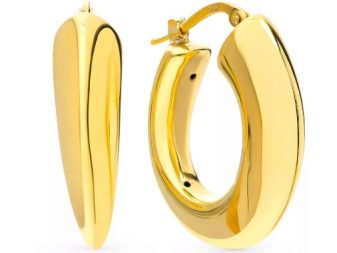
Silver with samples from 720 to 830 is characterized by a large amount of copper. This not only gives it a golden tint, but also makes it not very resistant to oxidation. Therefore, such alloys are commonly used in industry.
Sample 800 is called yellow silver. This alloy is durable, but quickly oxidizes, darkens in contact with air. It has a pronounced yellow tint.
It is most often used for the manufacture of cutlery, and not for jewelry.
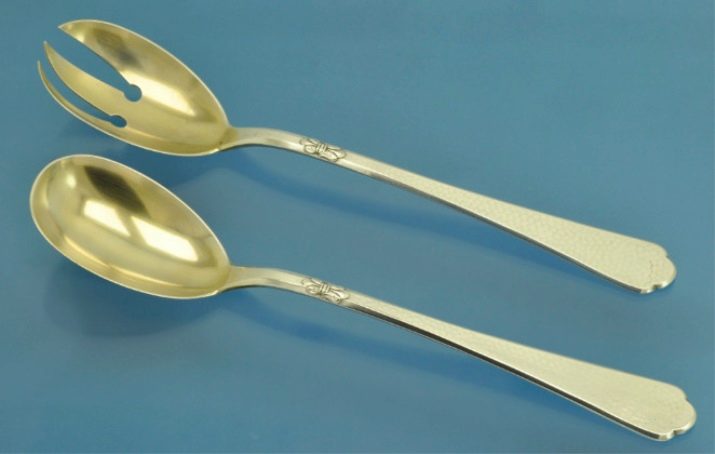
Sample 830 contains 170 grams of copper per 1 kg, which makes it possible to use these alloys to create jewelry.But they are cheap due to poor quality and rapid oxidation.
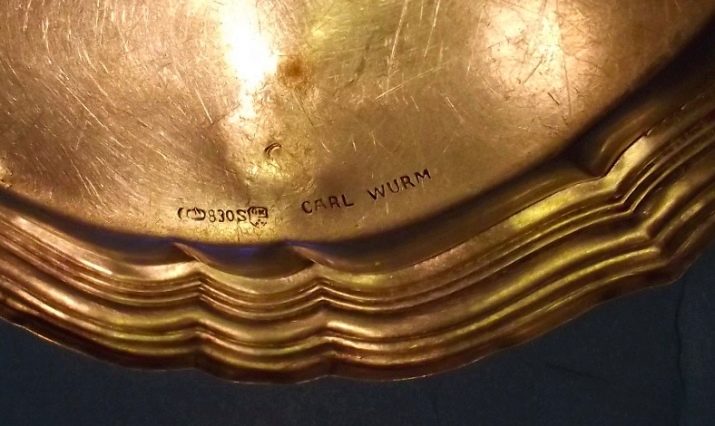
Sample 875 is suitable for the manufacture of jewelry, decor items and tableware. There is no bright yellow color, rather a golden hue, but such silver loses its attractiveness faster and is difficult to process.
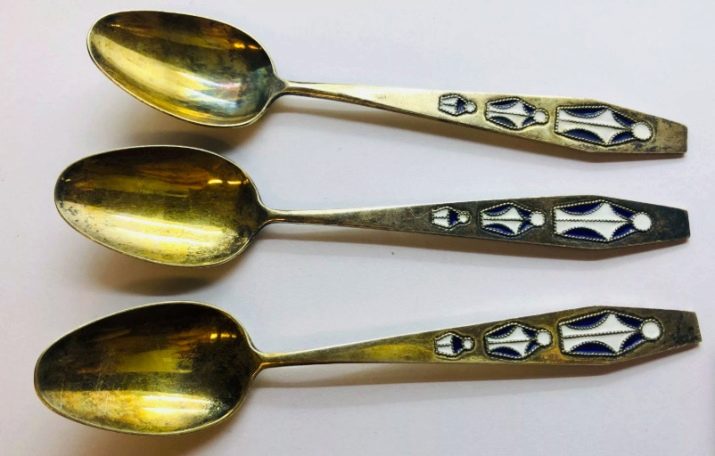
Sample 925 indicates products from the best alloy in composition, from the so-called sterling silver. All quality jewelry products, coins, decor and serving items made of this excellent composition. This species does not have a yellow tint, the most durable and best suited for gilding. therefore yellow 925 sterling silver is achieved by applying gilding on it.
And in order not to confuse it with gold, it should be remembered that only silver items have a 925 test; for gold there is no such official mark.
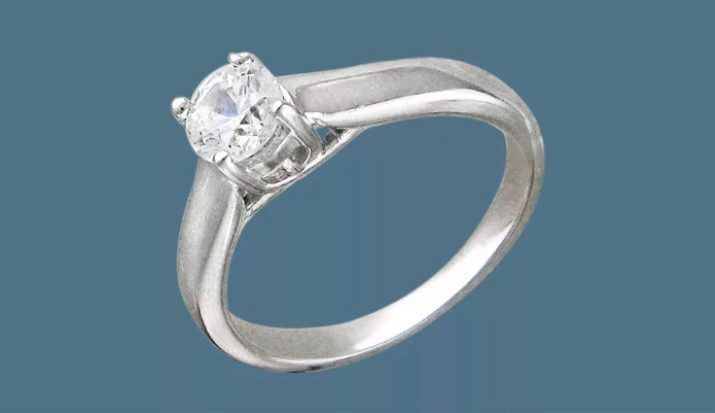
Sample 960 used for highly artistic products. This soft alloy allows you to make plastic and thin parts, filigree bends, but for greater strength, the metal is coated with enamel.
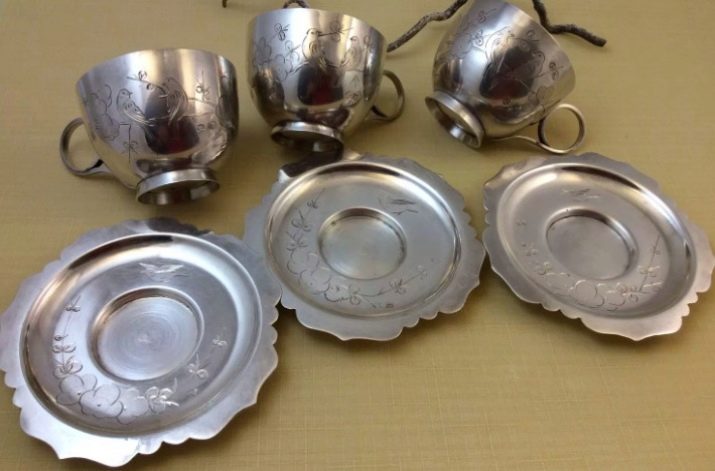
Sample 999 - This is pure silver, without impurities. But since it is subject to deformation due to its softness, it is not used for the manufacture of luxury goods and household goods. It is used to create parts for technical devices.
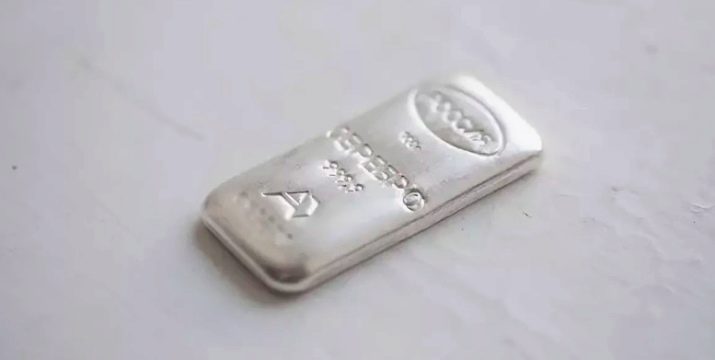
Production technology
Depending on which sample the alloy needs to be obtained, ligature (copper) is added to the 999 silver samples in the required quantities. If the mass of copper is 50%, then this will correspond to 500 samples. But such a test and below corresponds to compounds that can be called silver with a stretch, since there is a very large amount of copper. Fine silver starts from sample 800, where 800 mg of silver accounts for 200 mg of copper.
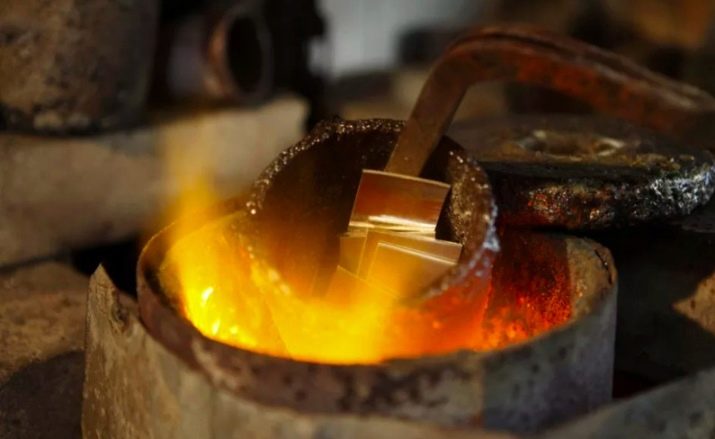
How to care?
To clean the product that has undergone oxidation, you can use a special cleaning agent purchased at a jewelry store. In this liquid, you need to put the jewelry for a certain time specified in the instructions. This will return the product to its original color and luster.
And you can also rub the product with a special polishing cloth.
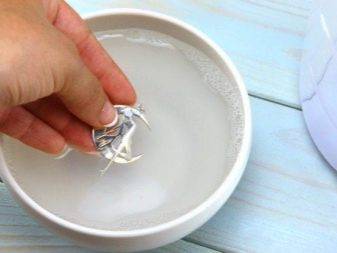
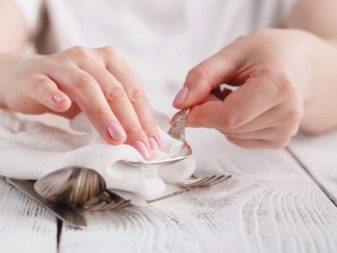
Silver can be cleaned at home using toothpaste. It is necessary to apply it with a thin layer on the product, rubbing it lightly, and leave it for several minutes, and then rinse under running water.
You can use foil. Add a tablespoon of baking soda or salt to a glass of hot water, stir them well. Add aluminum foil, just a few strips. Put the silverware there, just don't rub it. After half an hour, remove and rinse under running water.
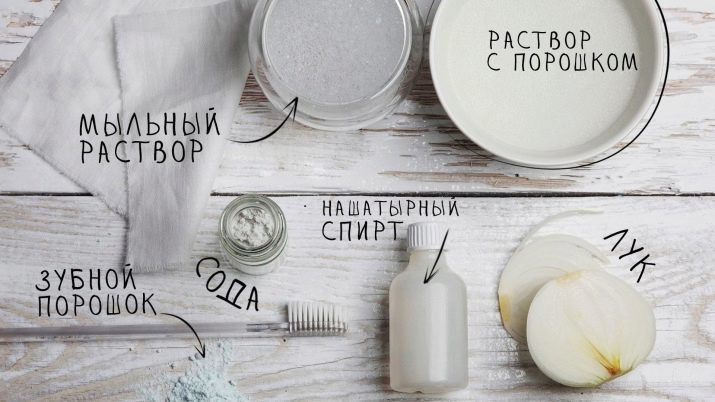
Items below 925 can be cleaned. using citric acid or lemon juice. For silver 925, this method is unacceptable, here you can use ammonia. In 10 ml of water, add 1 ml of ammonia, and lower the product there for 30 minutes. After washing with water, then rub with a soft cloth.
Crash test of yellow silver products - in the video below.
